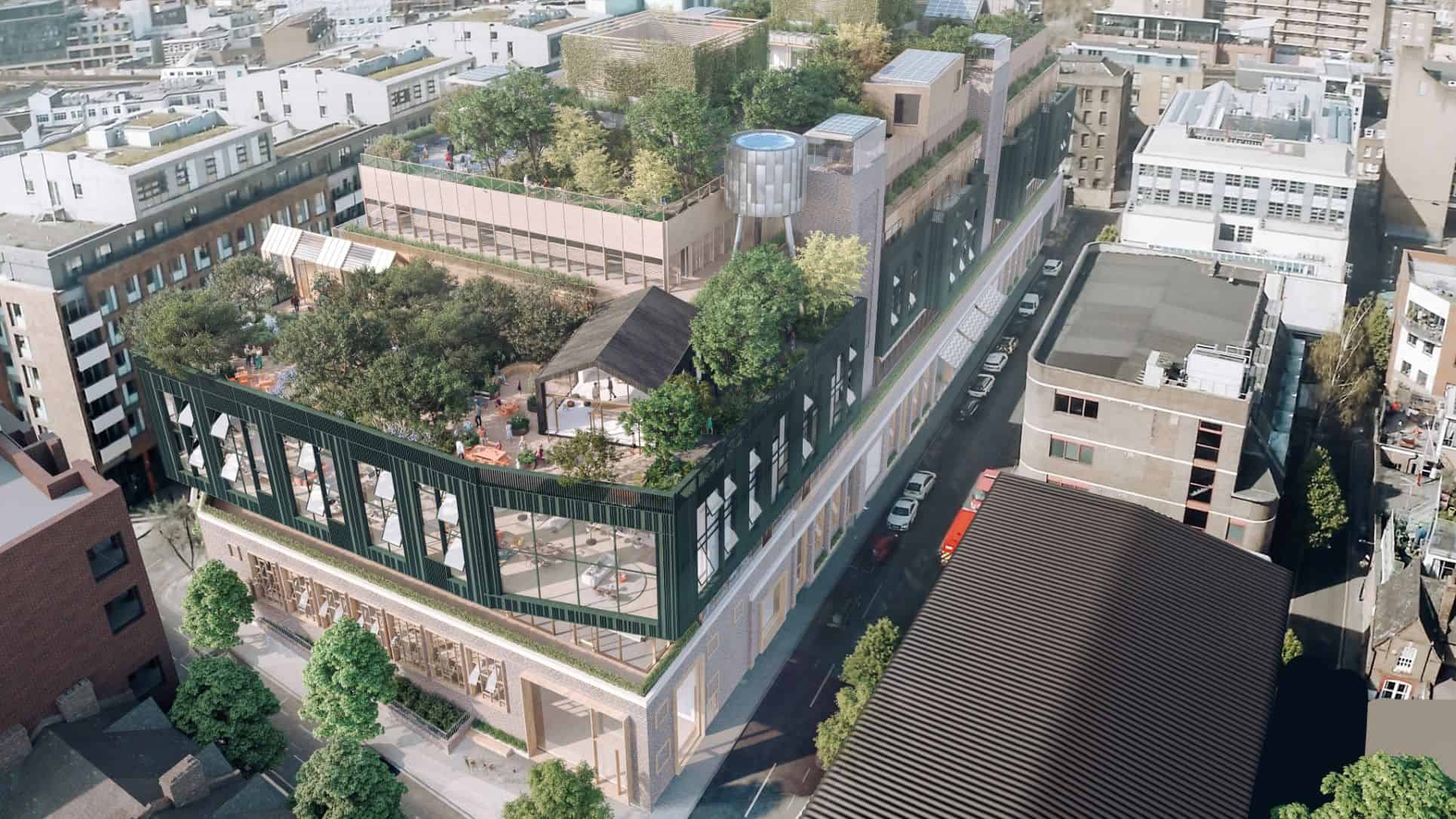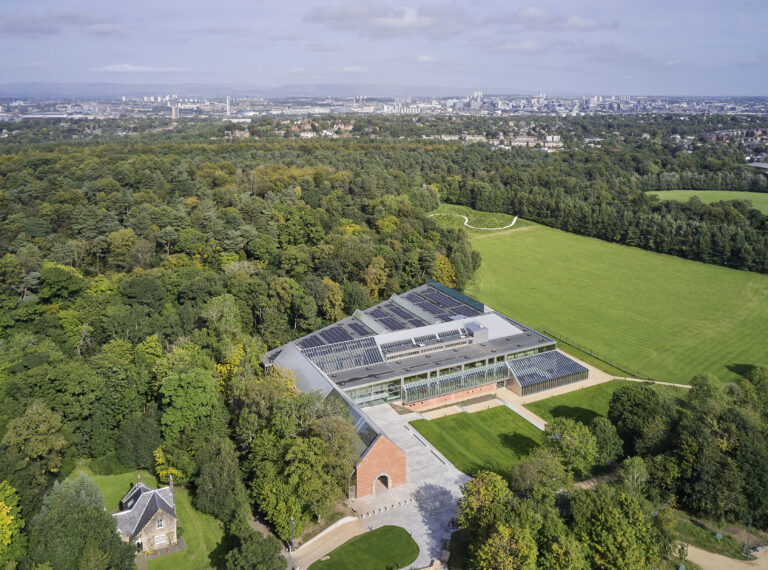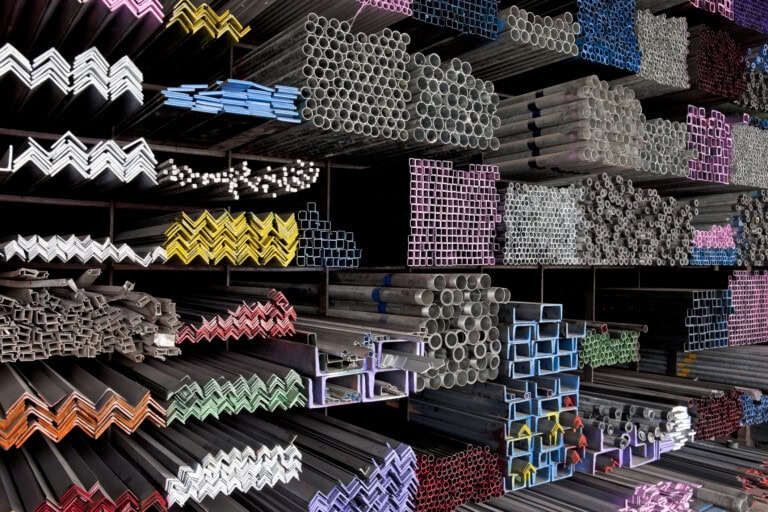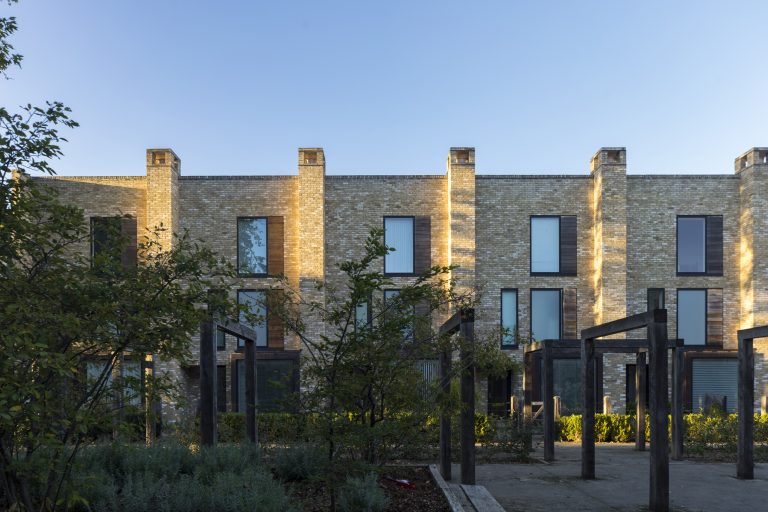Circular Economy and Carbon

The Whole Life Carbon Roadmap found that to reach net zero by 2050, we must prioritise reuse in our built environment. As part of our Advancing Net Zero programme, UKGBC is continually investigating the link between carbon reduction and circularity, arming industry with the tools needed to implement the circular economy for this purpose.
What is the link between the Circular Economy and carbon?
Embracing circularity during all phases of a building’s life cycle can lead to carbon reductions as well as a reduction in waste and material extraction. UKGBC’s 2022 report, Insights on how circular economy principles can impact carbon and value examined this relationship, as well as the financial and non-financial value that circularity can bring to project.
The link between the two is not always straightforward. However, the report demonstrates through case studies that if whole life carbon is the focus carbon reductions are not only possible but can bring wider value to the project.

How can each of the Circular Economy Principles reduce carbon?
Maximise Reuse
Design Buildings for Optimisation
Use Standardisation
Products as a Service
Minimise Impact and Waste
Advancing Net Zero Partners
Our circular economy & carbon work is made possible due thanks to the generous support of our Advancing Net Zero Programme Partners









Case Studies
As part of our 2022 report we gathered several case studies from our members that demonstrate how our principles reduce carbon emissions in practice.
The Entopia Building

Roots in the Sky

The Burrell Renaissance Project

JLL – Manchester office fit-out

55 Great Suffolk Street

GLOBECHAIN – REUSING FURNITURE FROM BRITISH LAND’S EXCHANGE HOUSE

Collecteco Carpet Tile Donation

Bartlett School of Architecture

Blogs
Circular development and net zero construction: a commercial office in the heart of Edinburgh

Reusing steel: how do you know what your second-hand steelwork is going to look like?

The Whole Life Carbon Roadmap – 4 Key Findings You Might Have Missed

Defining Reuse: Why adopting ISO definitions will help encourage circularity

Events
UKGBC Sustainability Essentials for the Built Environment email course

Innovation Showcase – Materials Passports


